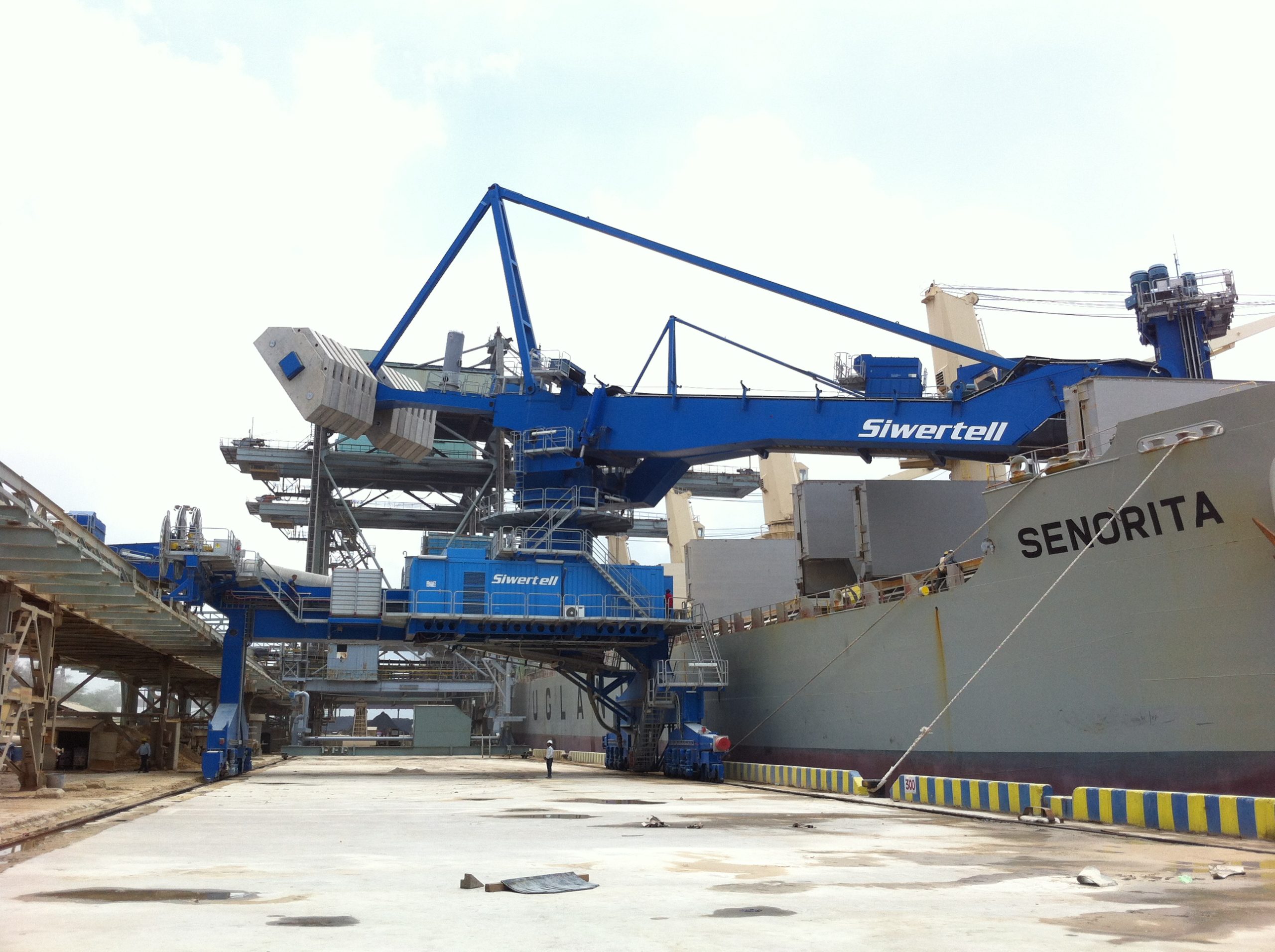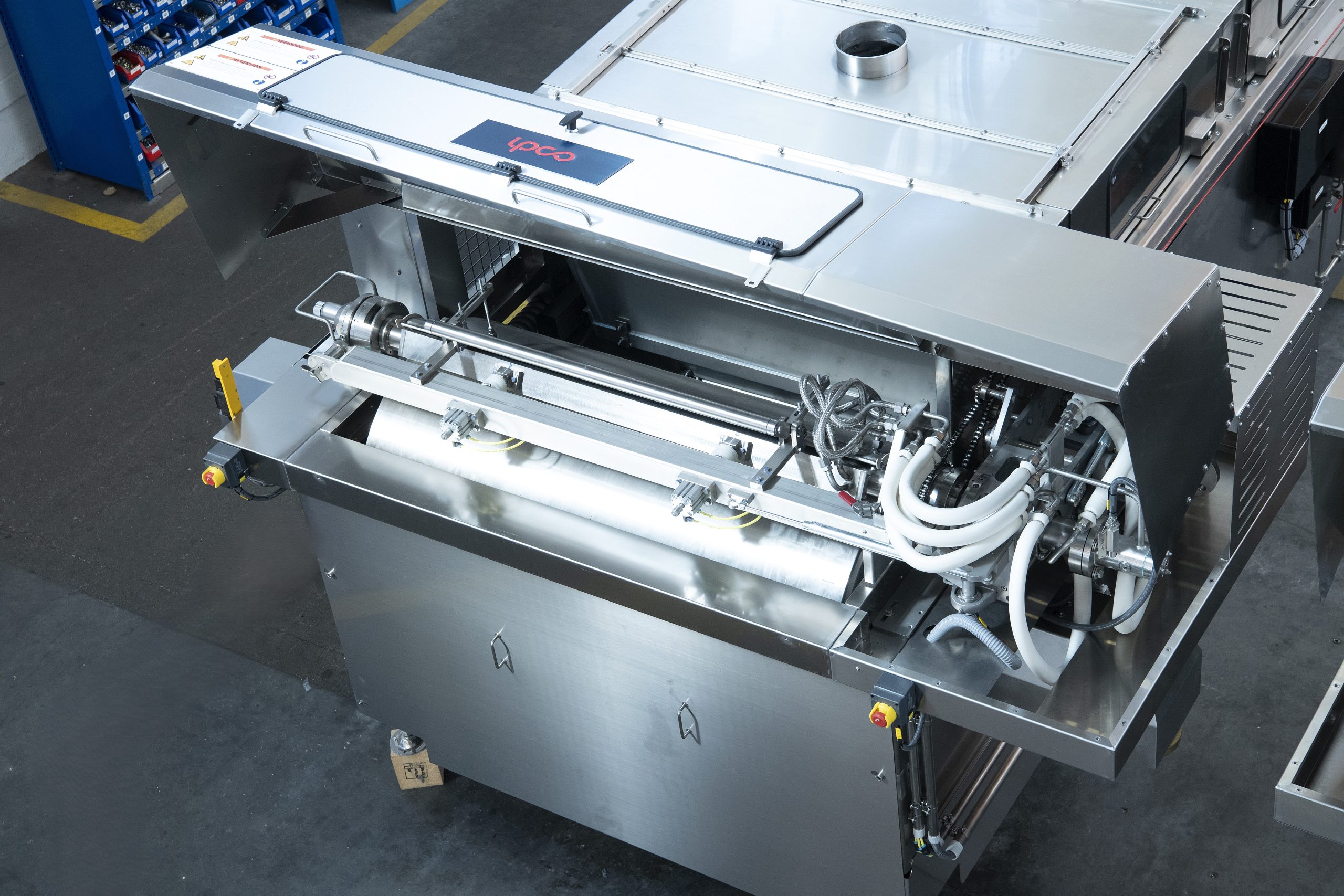Nitrogen+Syngas 326 Nov-Dec 2013

31 December 2013
Problem No. 21: Vibrations in the discharge line of the HP reciprocating carbamate pump
In all urea plants, high pressure pumps are used to pump the feedstock ammonia and carbon dioxide to the high pressure synthesis section and in most urea plants carbamate liquid is recycled from the recirculation section to the synthesis. Reciprocating pumps are used for these services and sometimes vibration problems occur in the discharge pipeline. This Round Table discussion considers the possible causes and solutions of this problem. It soon becomes evident that many possible causes can play a role and an easy and quick solution does not always exist.

Mr Mark Brouwer of UreaKnowHow.com in the Netherlands initiates a discussion by asking how vibration problems of the discharge carbamate line from the HP reciprocating pump can be reduced.
Mr Easa Norozipour of Khorasan Petrochemical Company in Iran comes up with four possible causes:
In my opinion, the vibration can be caused by the following:
- the piping supports may be loose;
- internal defect in the pump e.g. in the plunger, internal circulation etc.;
- internal defect in the check valve in the discharge pipe near the HP scrubber;
- partial plugging of the outlet pump strainer.
Mr Muhammad Farooq of SAFCO in Saudi Arabia shares his experiences: In my opinion the following points may be considered:
- design of piping, (insufficient diameter, improper layout);
- stress during initial fabrication;
- improper supports;
- impact of recycle line vibration on pump itself;
- external impact such as vibration due to nearby rotary equipment items or any structure.
To find the root cause of the vibrations it is important to know whether it is a design fault due to improper isometric drawings or poor fabrication. Then measures can be taken accordingly. Adjustment of loose supports/proper hanging, clamps and a support audit can lead to better results.
Mr Muhammad Umar of FCC in Pakistan asks a question for further clarification: Before making any comments, are orifices installed in the discharge piping and what type of reciprocating pump is it?
Mr S.K. Gupta of IFFCO in India makes an important suggestion to clarify the problem: In addition to the above, in order to rule out the possibility of vapour locking, the suction side operating conditions and suction piping, fittings, pressure drop etc. should also be checked. Mr Premysl Ververka of Chemoprojekt in Czech Republic asks some further questions and suggests priorities in possible causes: What do you mean by installation of the restriction orifice on the discharge of HP reciprocating pump? Do you have experience of that? The design of the pipe supports is important for sure. But I still think that the most important item is the design of the discharge resonator, which based on the reflecting principle eliminates the pressure wave from the reciprocating pump. That is or should be the main the concern of the pump manufacturer.
Mark adds his recently gained information to the discussion: I have learned that possible causes could be:
- a leaking valve, in which case all all suction and discharge valves along with stuffing boxes should be checked;.
- incorrect pipe sizing or booster pumps sizing;
- triplex and quintuplex pumps have flow variations of 23% and 7.1% respectively.
- That natural frequency can easily be attenuated with correctly sized pulsation dampeners and that should be done by the engineering firm with help from the pump manufacturer.
Mr Luis Noque of Bunge in Argentina shares his experiences: In Argentina we have five high pressure carbamate pumps and three high pressure ammonia pumps, These all are Uraca pumps and discharge pressures are around 210 to 215 bars. We have switched to new Uraca pumps (purchased in 2010) with ball resonators in the discharge of the pumps and vibrations reduced considerably.
Another aspect to review and to reinforce are the supports of the pipelines, these must be tight.
Mr Kashif Naseem of SABIC in Saudi Arabia shares his knowledge: HP reciprocating pumps can have vibration issues in the discharge piping, even if the size of the line size is designed properly and stress analysis is OK, if there is no pulsation dampener or there is improper mechanical support.
Mr Reza Mollaei of Pardis Petrochemical Complex in Iran discusses some possible problems with pulsation dampeners: Variations in the pressure and flow in the discharge lines of reciprocating pumps cause problems in piping systems such as vibration. A pulsation dampener is a device that can reduce these problems. However, possible problems with the dampner can be:
- tearing of the pulsation diaphragm;
- long distance between the pump discharge nozzle and pulsation dampener
- wrong calculation in sizing of the pulsation dampener.
Mr Majid Mohammadian of OCI Nitrogen in the Netherlands asks another question: What is the effect of the number of plungers? Can we say more plungers will reduce the vibration because of a lower rpm?
Mr Raja Fawad Ashraf of Pak Arab Fertilizers in Pakistan also asks a relevant question: Is there any effect of high ammonia content in the liquid? I am specifically asking with regard to the Saipem process. There must also be an effect on the suction liquid temperature.
Mr Aslam Muhammad of FFC in Pakistan introduces timing as a possible root cause: If vibrations have been present since commissioning, then most probably there are mechanical defects but if these started after some time then it may be due to flow disturbances look at the check valve in the discharge line, concentration of fluid may also be considered, mean temperature and concentration of handling fluid or some obstruction due to mechanical parts like damaged gaskets / cloth in suction eyes of the impeller or other material. Foreign material is most probably the cause if it started at a later stage.
Mark adds more of his recently gained knowledge: A discussion with an expert lead to the following conclusions: Referring to the question: What is the effect of the plunger’s number? Can we say more plungers will reduce the vibration because of lower rpm?
If you were to draw a straight line, which represents discharge pressure you would see that a triplex pump has flow variations 6.1% above and 16.9% below this line (23% total) and quintuplex 1.8% above with 5.3% below (7.1% total). Additionally the frequency in which these variations occur will be different between 3 plunger and 5 plunger pumps. For example crankshaft rpm 115 with 3 plungers equals a frequency of 5.75 Hz but the same rpm with a 5 plungers pump is a much higher frequency 9.58 Hz. This lower flow variation and higher frequency makes the 5 plungers by definition a smoother machine. But there is a lot of added cost using 5 versus 3, for instance larger power end with larger crank-shaft and intermediate bearings along with more valves and stuffing boxes to maintain. 3 plungers are always preferred because of their simplicity. Only if one cannot meet customer capacity requirement do we go to quintuplex.
And referring to the question: Is there any effect of high ammonia content in the liquid (in particular for the Saipem process)? There must also be an effect of suction liquid temperature. For sure the ammonia content is critical. Due to heat and pressure the ammonia will change to the gaseous state, which is not good for a pump.
| This series of discussions is compiled from a selection of round table topics discussed on the UreaKnowHow.com website. UreaKnowHow.com promotes the exchange of technical information to improve the performance and safety of urea plants. A wide range of round table discussions take place in the field of process design, operations, mechanical issues, maintenance, inspection, safety, environmental concerns, and product quality for urea, ammonia, nitric acid and other fertilizers. |






